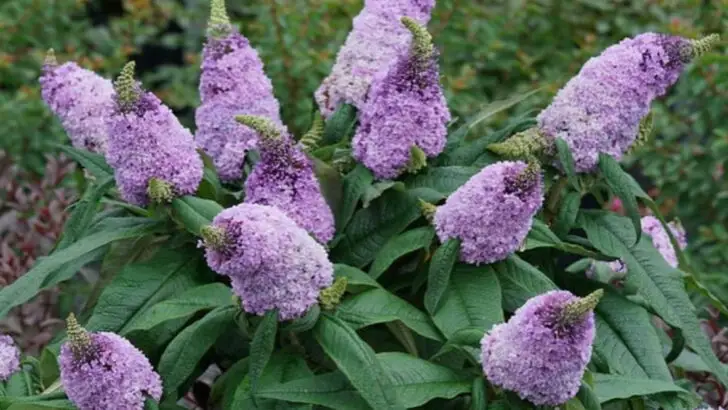Small gardens can be incredibly rewarding, but they don’t leave much room for trial and error. Every plant has to earn its spot and some just don’t play nice in tight quarters. They might sprawl too much, grow too tall, or send roots everywhere you don’t want them. A few might look innocent at first, but quickly take over before you’ve had a chance to react.
Choosing the right plants for a limited space means thinking ahead. It’s not just about what looks pretty in the pot, but how it behaves once it settles in. To help save you the hassle (and maybe some regret), here are 12 plants that are best left out of small gardens, no matter how tempting they might seem at the nursery.
Bamboo
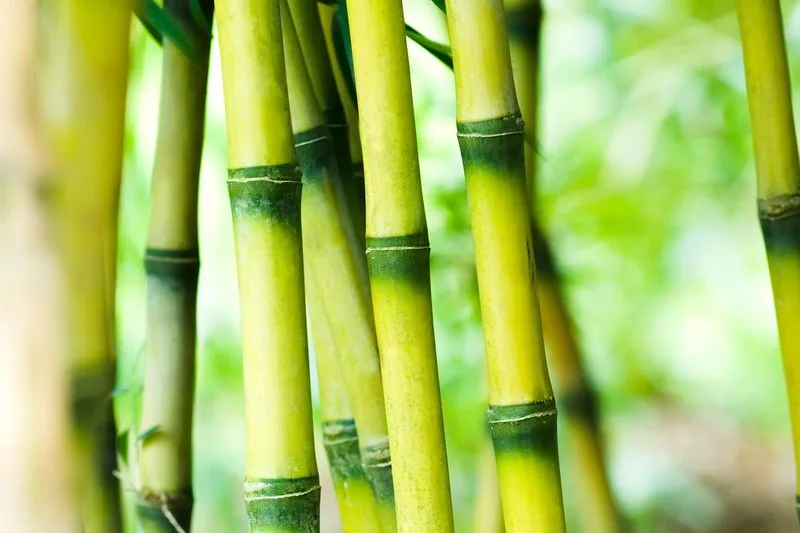
With its rapid growth and towering height, bamboo can become a garden invader. Imagine planting a small shoot, only to find your entire yard overtaken by its relentless spread. Bamboo sends out underground rhizomes that aggressively travel, choking out other plants. While it provides excellent privacy, it requires constant management. Cutting back its vigorous growth is an ongoing battle. Choosing the right containment measures can help, but it’s a commitment. The towering stalks sway gracefully in the wind, yet, they can dwarf smaller plants and structures, dominating the landscape.
Mint
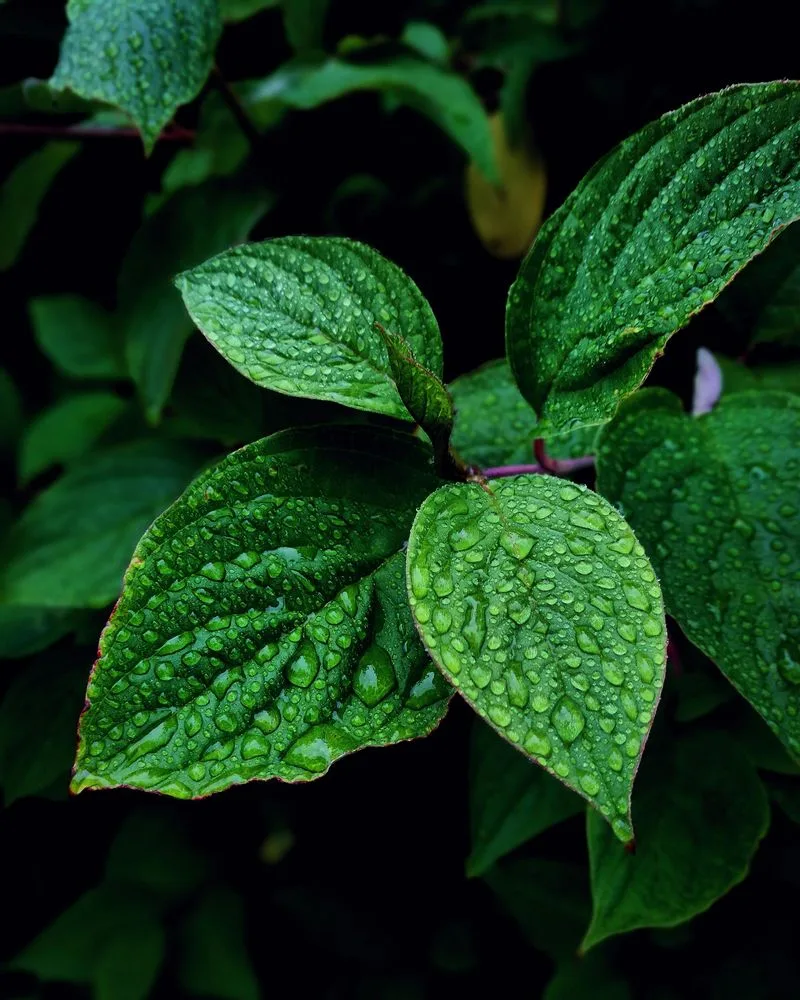
Mint’s aromatic leaves are a kitchen delight, but in a small garden, it acts more like a conqueror. This herb sends out numerous runners, quickly colonizing every corner. Without containment, mint can overshadow other herbs and flowers. Planting it in a pot is advised to control its enthusiasm. Its refreshing scent might lure you in, but its growth habits can swiftly become overpowering. The struggle to keep mint confined is real, as it thrives on spreading its fragrant foliage, demanding more than its fair share of garden real estate.
Wisteria
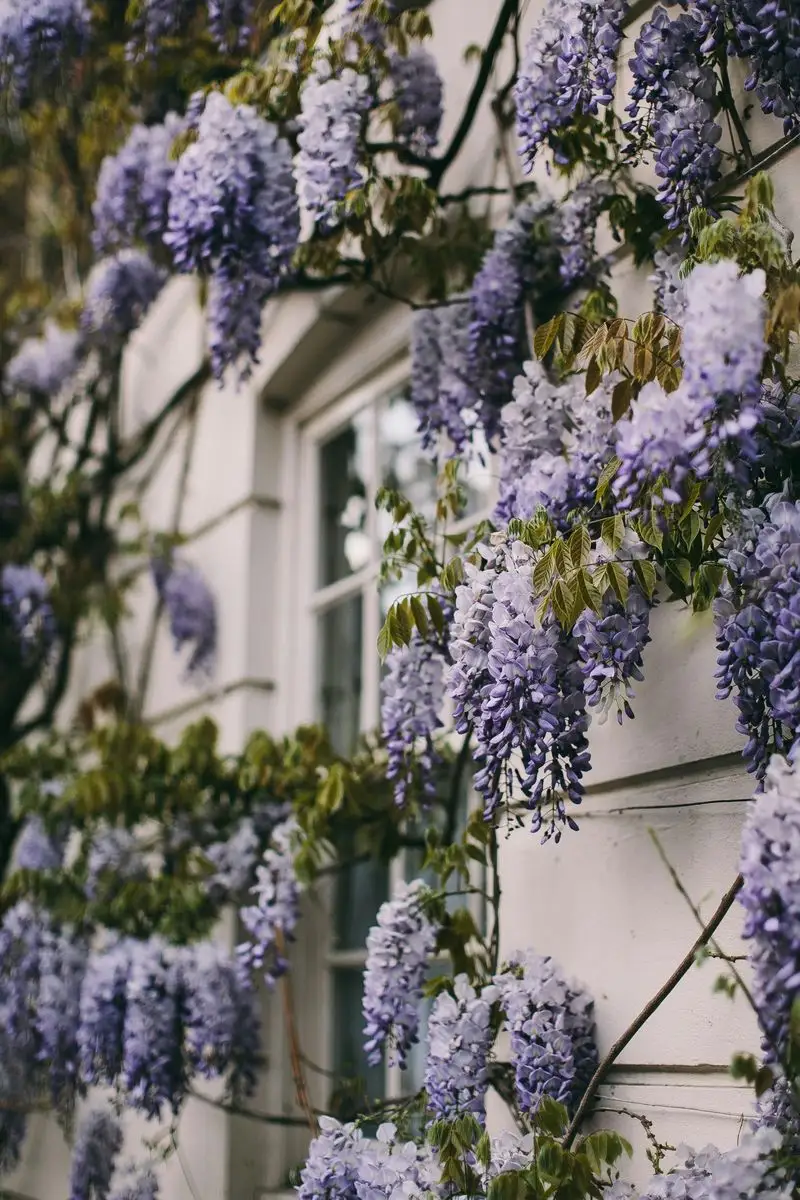
Wisteria’s cascading blooms are a sight to behold, but this vine is a vigorous grower. In a small space, it can overwhelm structures with its sprawling branches. Without regular pruning, wisteria’s tendrils twist and turn, creating a tangled web. Its beauty is undeniable, yet its maintenance is labor-intensive. Once established, it becomes a long-term commitment. The allure of its purple flowers might tempt you, but its size demands ample room to flourish. For those with limited space, wisteria may offer more challenge than charm.
Ivy
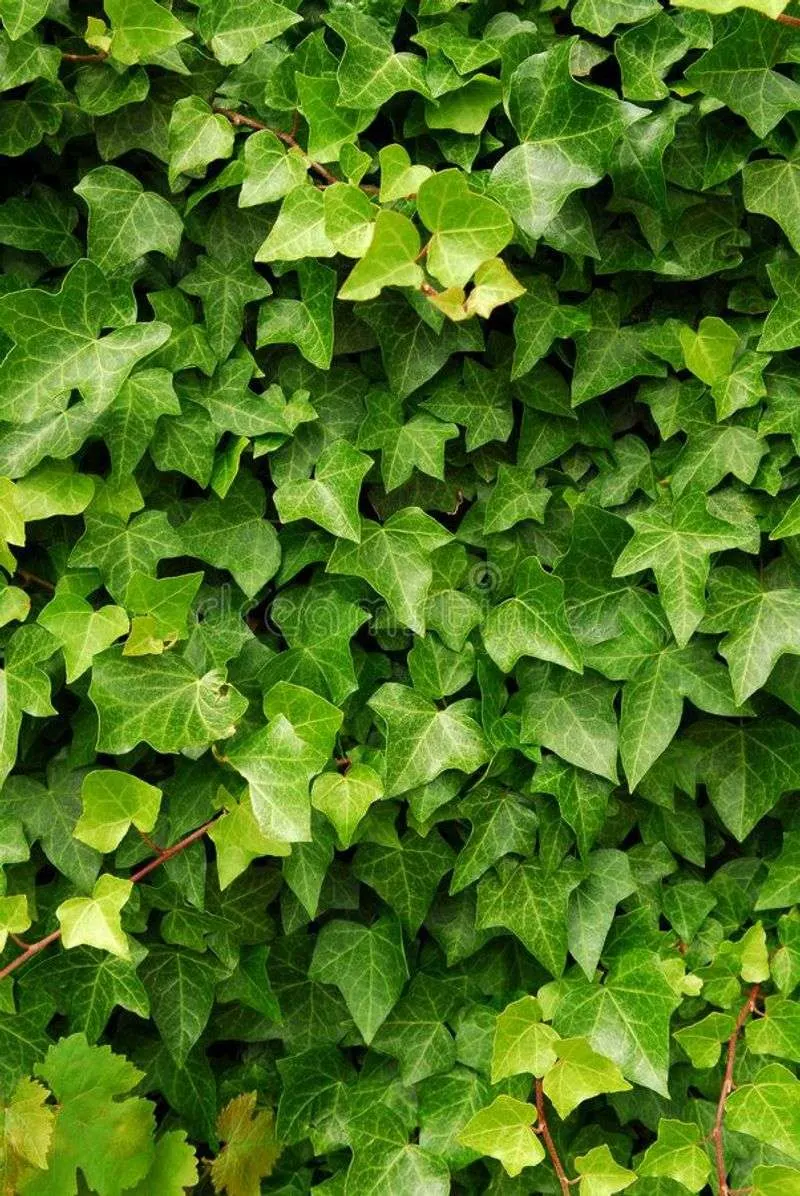
Ivy clings to surfaces with determination, covering walls and fences with ease. In a small garden, it can become a permanent resident, overshadowing other plants. Its tenacious nature makes it hard to remove once established. Ivy’s appeal lies in its lush, green foliage, but it can suffocate nearby vegetation. Its ability to climb and spread is both a charm and a curse. While it can provide a picturesque backdrop, its invasive traits require constant vigilance. Managing its growth can be a full-time task in a confined space.
Black Walnut
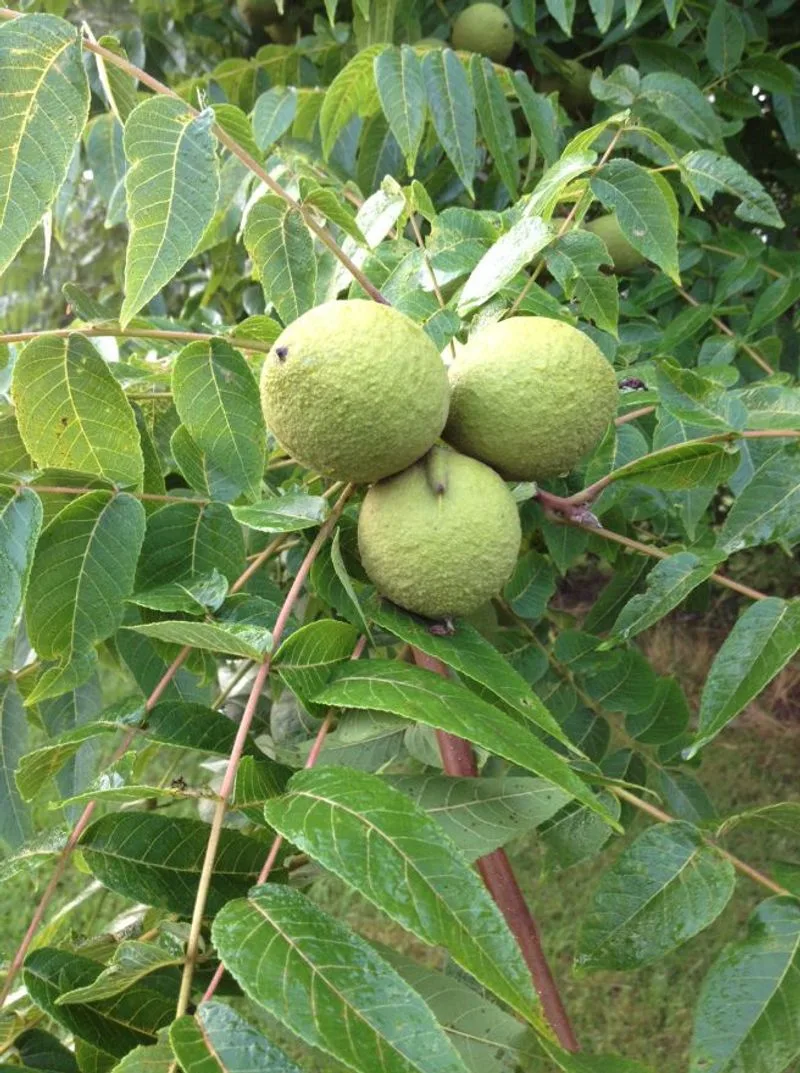
The black walnut tree stands tall and majestic, but in a small garden, it’s a domineering presence. Its roots secrete juglone, a chemical that inhibits the growth of nearby plants. This creates a challenging environment for companion planting. While its canopy offers shade, it can limit sunlight for other garden inhabitants. The fallen nuts and leaves add to the cleanup chore. Despite its impressive stature, the black walnut’s allelopathic nature makes it less than ideal for small, diverse plantings. It’s a tree best admired from a distance.
Sumac
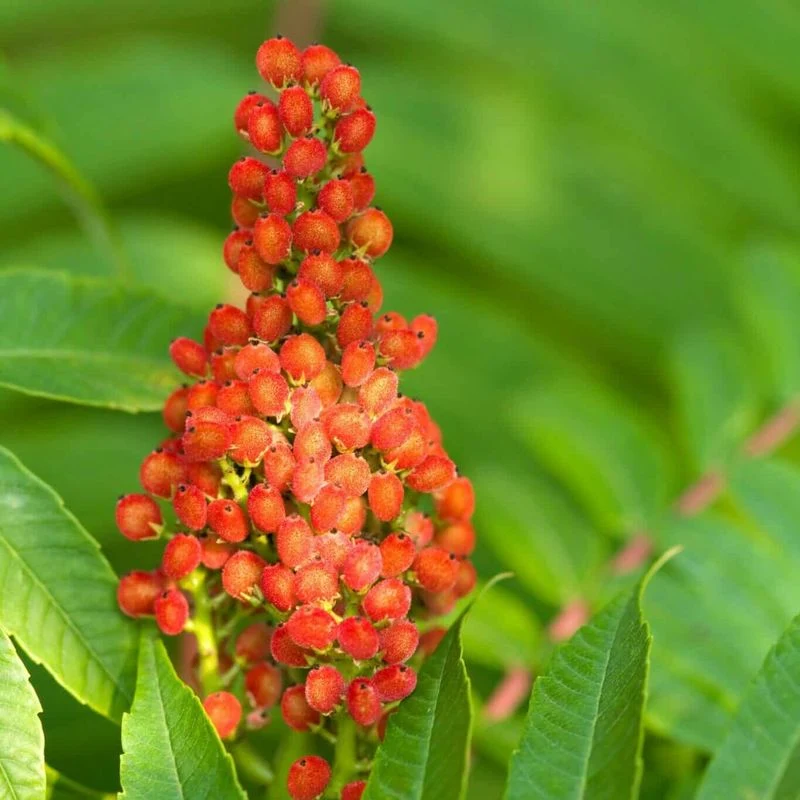
Sumac is known for its brilliant autumn foliage, but it can become aggressively dominant. In a small garden, its root system spreads quickly, taking over available space. The vibrant red leaves are attractive, yet sumac’s invasive tendencies can overshadow other plants. Managing its vigorous growth is a constant challenge. While its berries attract wildlife, they can also lead to unwanted seedlings. Sumac’s ability to thrive with little care might seem appealing, but its rapid expansion requires careful control. It’s a plant best suited for larger spaces.
Butterfly Bush

The butterfly bush is adored for attracting pollinators, yet it’s notorious for its invasive nature. In tight spaces, it can grow large and unruly. This shrub’s rapid growth can overshadow smaller plants, demanding regular pruning. Its clusters of purple flowers are a magnet for butterflies, tempting any gardener. Despite its allure, the butterfly bush requires space to prevent it from crowding out others. Managing its sprawling branches ensures a balanced garden ecosystem. For those with limited room, this plant might present more problems than solutions.
Nandina
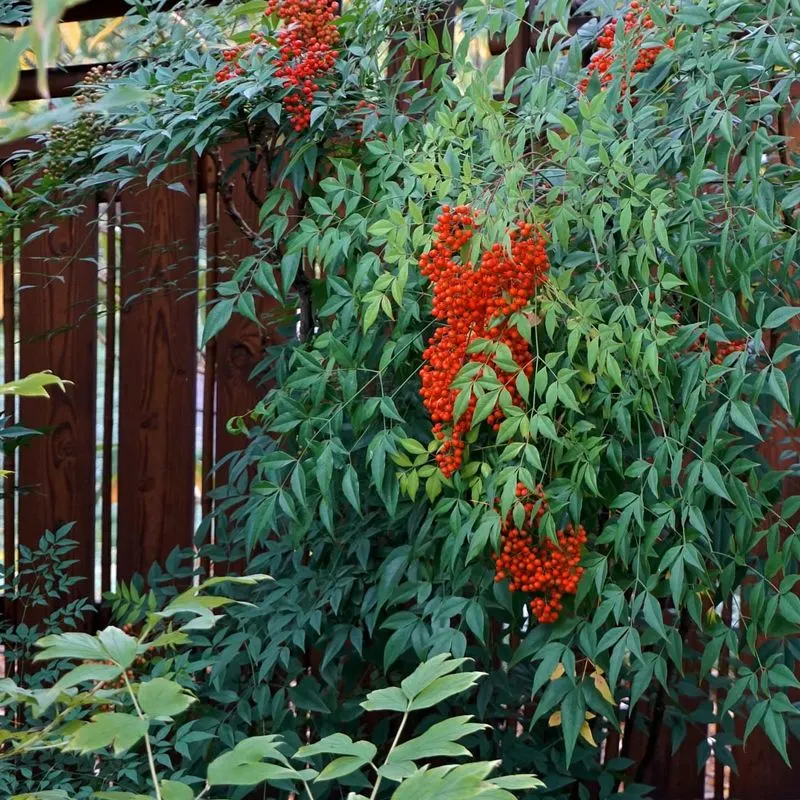
Nandina, also known as heavenly bamboo, presents a captivating allure with its red berries and feathery foliage. However, it’s an invasive species that can dominate small gardens. Its roots spread aggressively, competing with other plants for nutrients and space. While its ornamental appeal is undeniable, nandina’s tendency to take over can disrupt the harmony of a compact garden. The challenge lies in balancing its beauty with its need for control. Regular pruning becomes essential to keep its growth in check, ensuring it doesn’t overshadow its neighbors.
Russian Sage
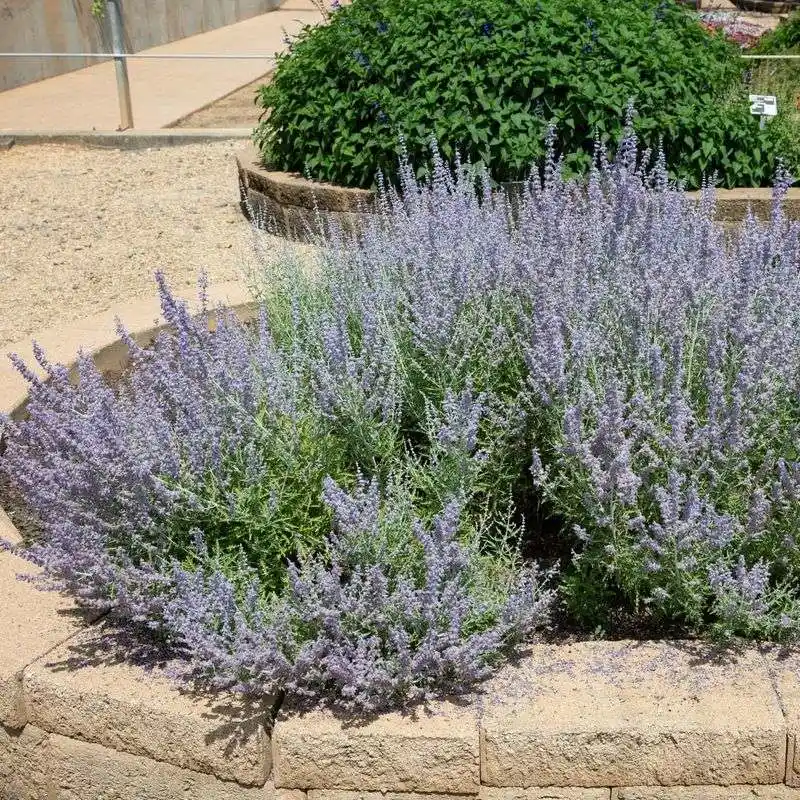
Russian sage offers a unique blend of silvery foliage and lavender blooms, yet its growth habits can challenge small gardens. This perennial spreads widely, often outcompeting other plants for room. Its airy, fragrant stems add charm, but require ample space to thrive without overshadowing nearby vegetation. Regular pruning helps maintain its size, but this task can become labor-intensive. Russian sage’s appeal lies in its resilient nature, yet for compact gardens, it demands careful management. Its beauty requires space to ensure it doesn’t dominate.
Japanese Knotweed
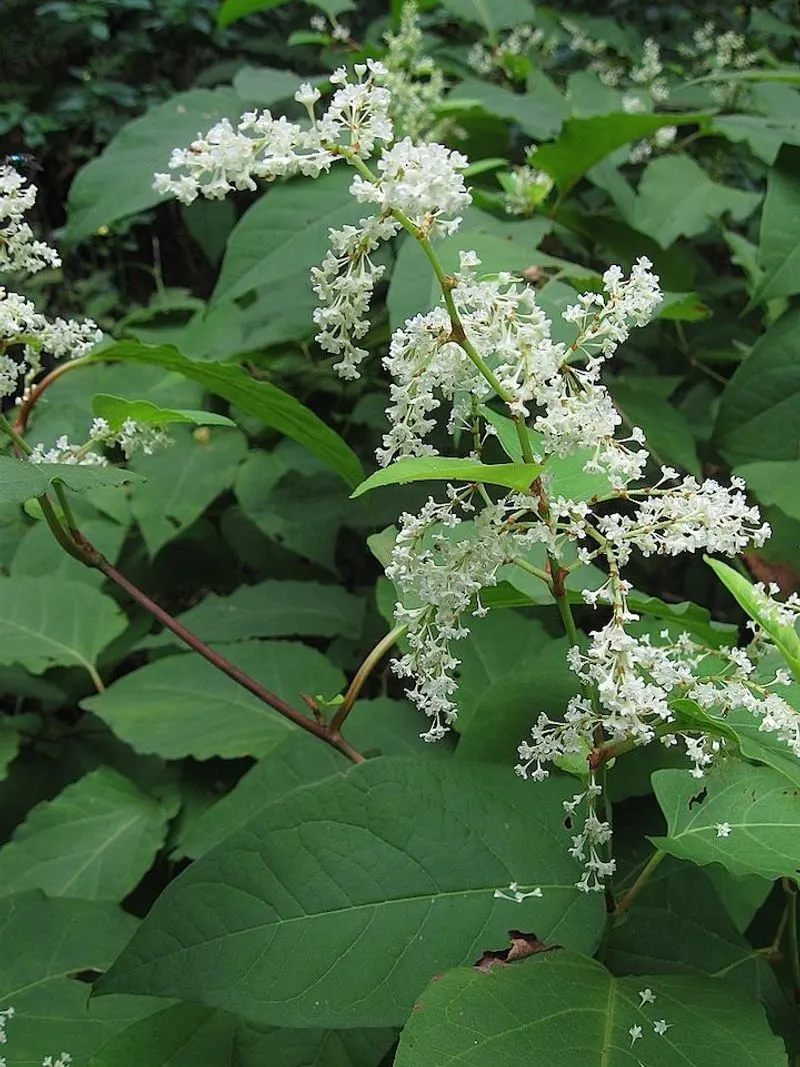
Japanese knotweed is infamous for its aggressive growth and ability to spread. In a small garden, it can quickly become a formidable adversary. Its thick stems and lush foliage create a dense barrier that outcompetes other plants. Once established, its removal is notoriously difficult, requiring persistent effort. The allure of its bamboo-like appearance belies the challenge it presents. This plant’s invasive traits demand constant vigilance to prevent it from overrunning the garden. For those with limited space, Japanese knotweed is best avoided.
Jerusalem Artichoke
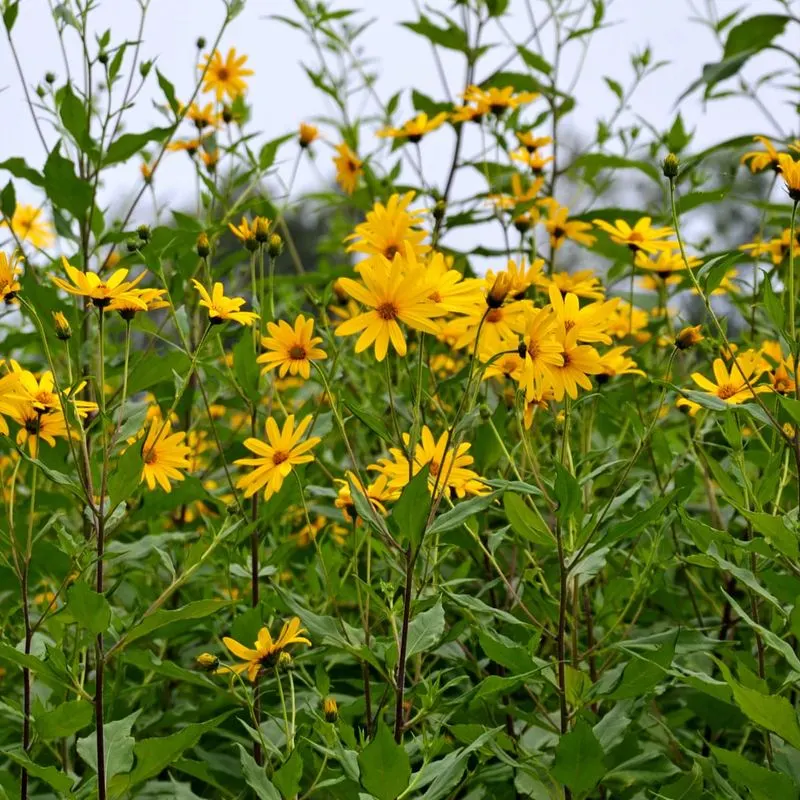
Jerusalem artichokes, with their towering stalks and sunny yellow flowers, can overshadow smaller gardens. These tubers spread extensively underground, creating a dense thicket. Their height can block sunlight, limiting options for companion plants. While the edible tubers are a bonus, managing their rampant growth can be a challenge. Regular harvesting is essential to control their spread. Despite their charm and culinary appeal, Jerusalem artichokes demand more space than they might initially seem to require. In tight gardens, they can become unwieldy.
Morning Glory
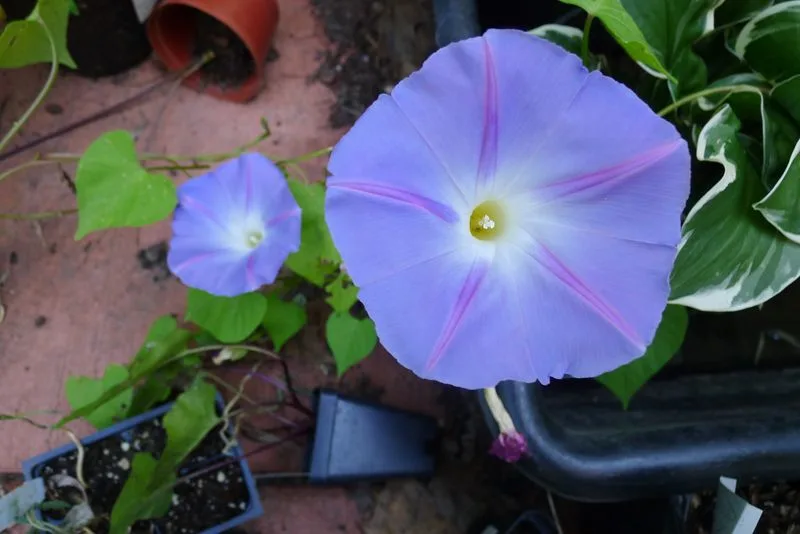
Morning glory’s vibrant, trumpet-shaped flowers bring a splash of color to any garden, yet its climbing vines can become overwhelming. In small spaces, its rapid growth can cover fences, trellises, and other plants, demanding careful control. The allure of its blooms is matched by its vigorous spreading habit. Regular trimming is necessary to prevent it from dominating the garden. While its beauty is undeniable, morning glory’s tendency to overgrow makes it a constant gardening challenge. In limited spaces, it requires diligent management to maintain balance.

